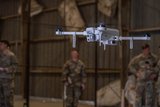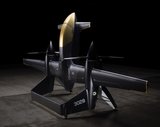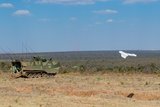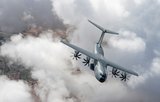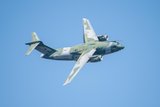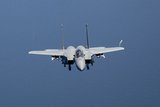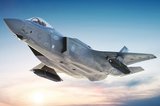Should the Ukrainian model for UAS technology development be copied?
Ukraine has rapidly fielded many types of small UAS. (Photo: Ministry of Defence of Ukraine)
The tendency to laud Ukraine’s rapid development of defence technology is well established. Many articles on the subject pay homage to the remarkable evolution from a 2022 base of virtually nothing to a 2025 rate of advance and output envied by many nations.
While most of Ukraine’s heavy equipment (aircraft, artillery, air defence) was from existing stocks or donated, much of the (often novel) mid-level tactical support capability has been home-grown. This has been particularly – but not only – true of the ubiquitous uncrewed aerial systems (UAS) segment.
This is a feat of staggering proportions. Government-industry-military relations have been
Already have an account? Log in
Want to keep reading this article?
More from Air Warfare
-
![Dubai Airshow 2025: Airbus reveals progress on drone mothership plans for A400M]()
Dubai Airshow 2025: Airbus reveals progress on drone mothership plans for A400M
Airbus is working to expand the mission capabilities of its A400M aircraft, including a 40t payload increase, to boost Europe’s defence capabilities.
-
![How are next-generation ejection seats helping pilots when they need it most?]()
How are next-generation ejection seats helping pilots when they need it most?
The ACES 5 ejection seat from RTX’s Collins Aerospace introduces new, innovative and patented technologies to help save lives.
-
![Dubai Airshow 2025: Embraer strengthens C-390 UAE bid with completion centre plans]()
Dubai Airshow 2025: Embraer strengthens C-390 UAE bid with completion centre plans
The proposals, along with a recent MoU signed with local industry, move the company another step forward in its bid to replace the UAE’s ageing transport aircraft.
-
![Viper Shield electronic warfare suite for F-16s enters low-rate initial production]()
Viper Shield electronic warfare suite for F-16s enters low-rate initial production
The L3Harris Viper Shield is seen as a key component in keeping the newest generation of F-16s up to date and providing a retrofit capability to earlier aircraft.
-
![Dubai Airshow 2025: Boeing emphasises uncrewed teaming capability plans for F-15EX]()
Dubai Airshow 2025: Boeing emphasises uncrewed teaming capability plans for F-15EX
The F-15EX is being promoted by the manufacturer as an ideal platform to pair with uncrewed systems.
-
![Could the Middle East be the next target for the F-35A?]()
Could the Middle East be the next target for the F-35A?
The Pentagon has indicated a growing willingness to export advanced US defence technology to nations in the Middle East – excluding Israel – resulting in new and resumed talks with Saudi Arabia and Turkey respectively.







